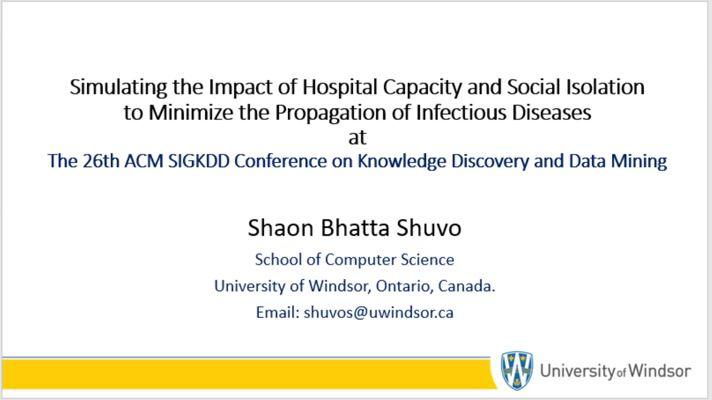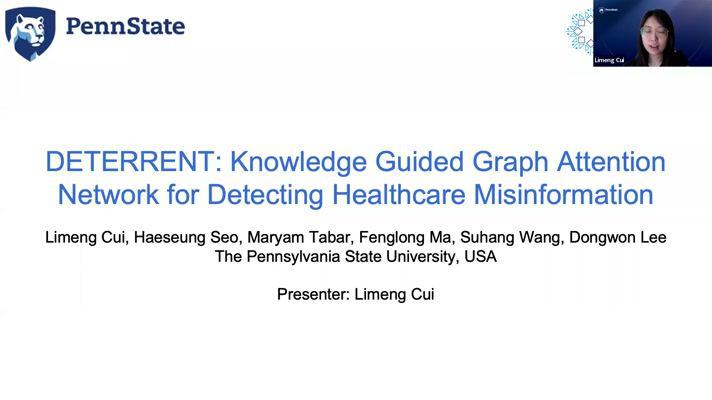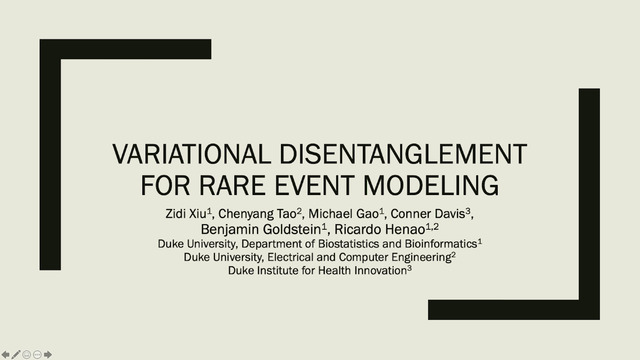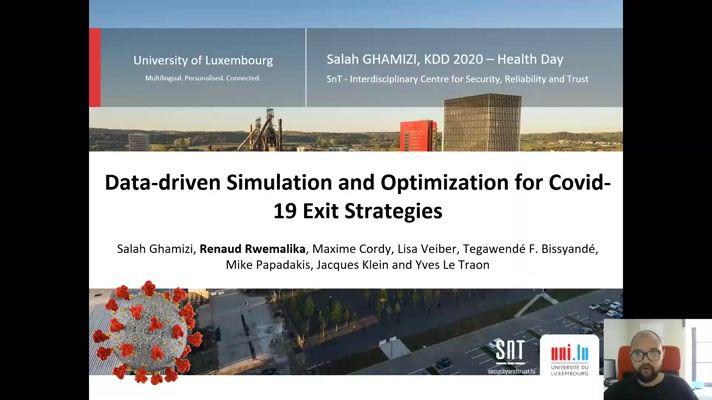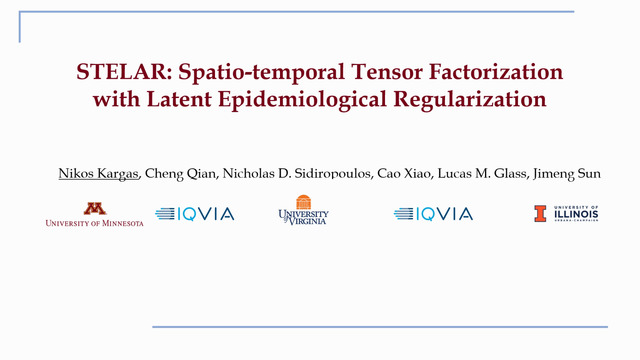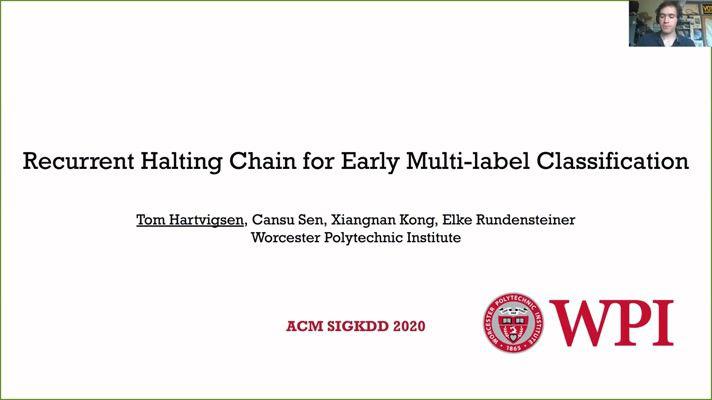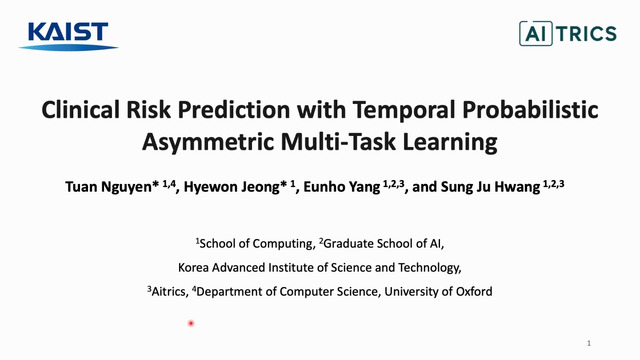Abstract:
Infectious diseases can spread from an infected person to a susceptible person through direct or indirect physical contact, consequently controlling such types of spread is difficult. However, a proper decision at the initial stage can help control the disease’s propagation before it turns into a pandemic. Social distancing and hospital capacity are considered among the most critical parameters to manage these types of conditions. In this paper, we used artificial agent-based simulation modeling to identify the importance of social distancing and hospitals’ capacity in terms of the number of beds to shorten the length of an outbreak and reduce the total number of infections and deaths during an epidemic. After simulating the model based on different scenarios in a small artificial society, we learned that shorter social isolation activation delay has a higher impact on reducing the catastrophe. Increasing the hospital’s treatment capacity, i.e., the number of isolation beds in the hospitals can become handy when social isolation cannot be activated shortly. The model can be considered a prototype to take proper steps based on the simulations on different parameter settings towards the control of an epidemic.
